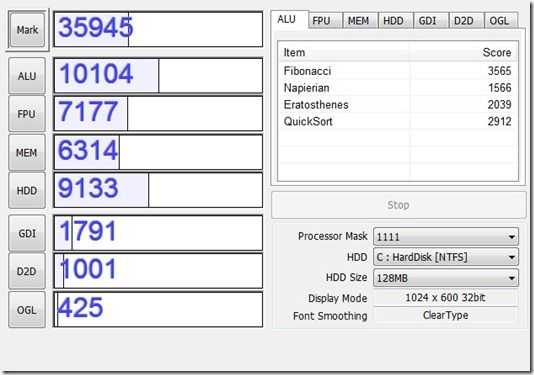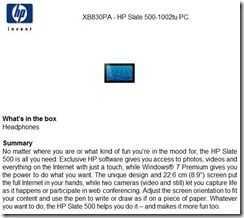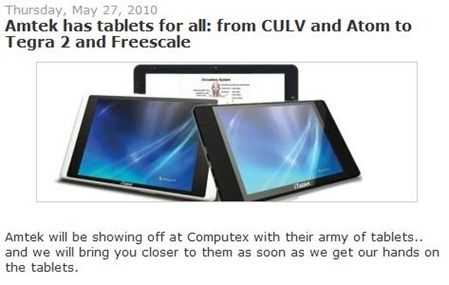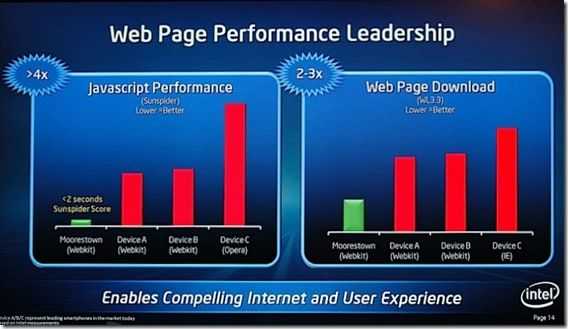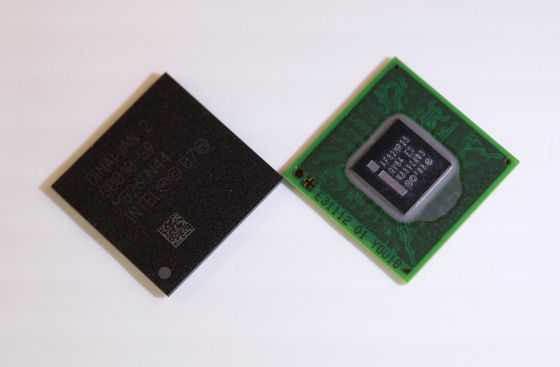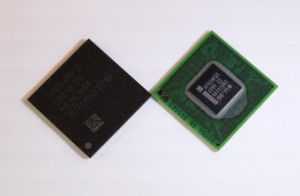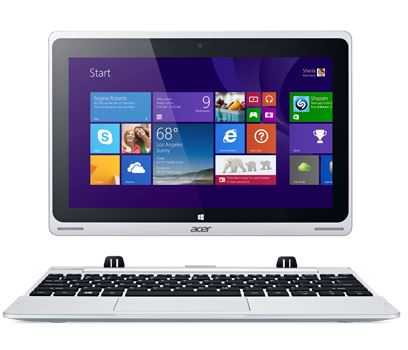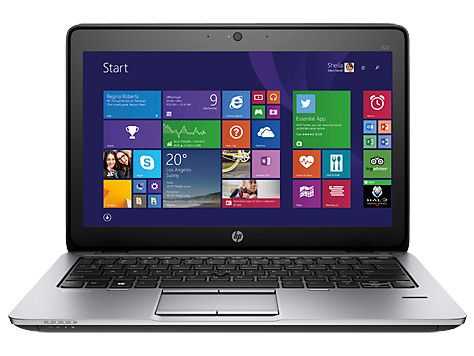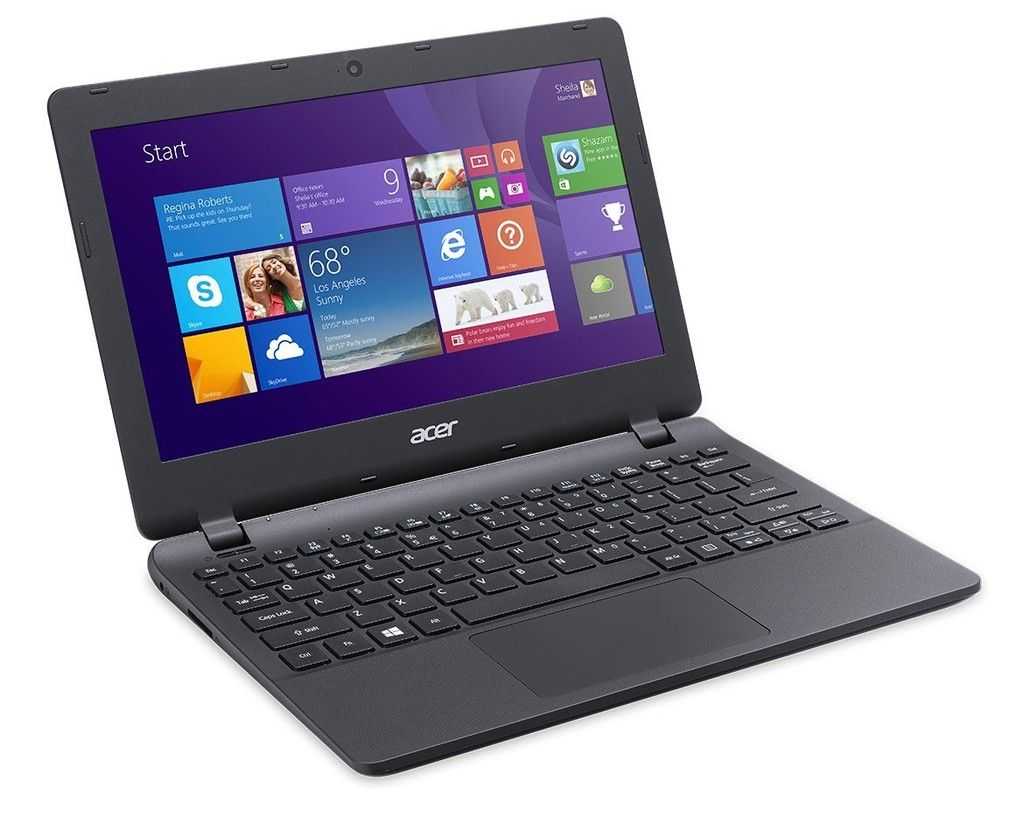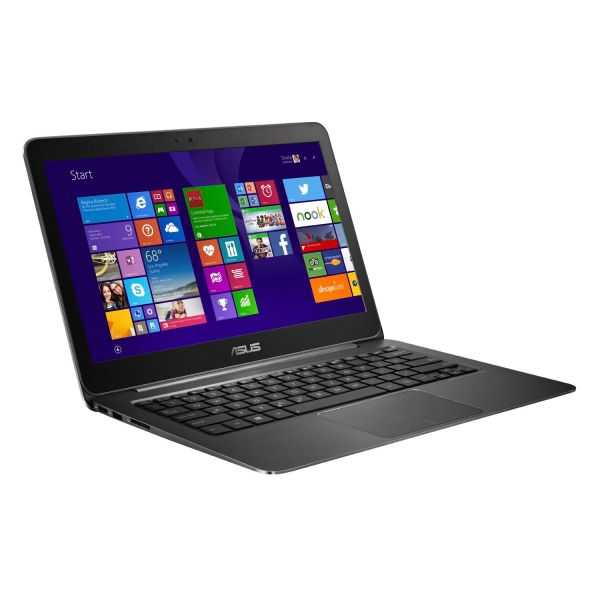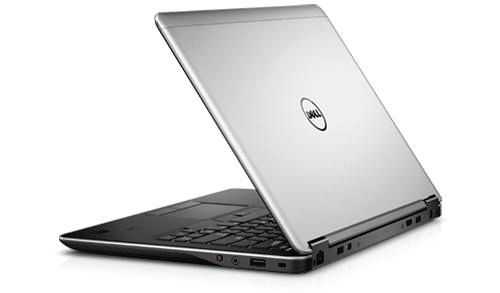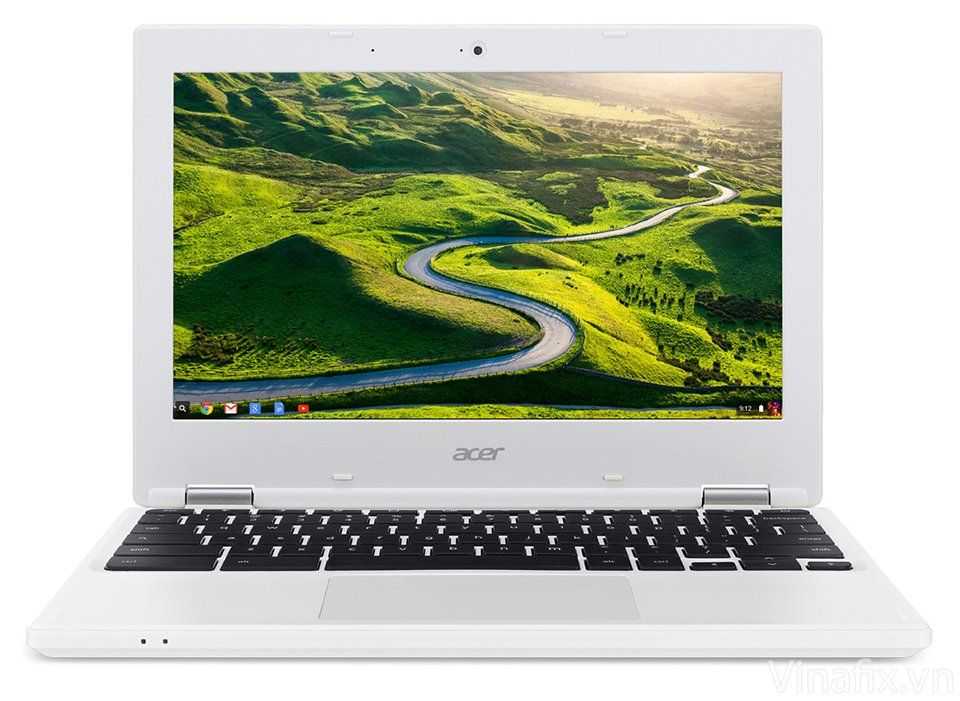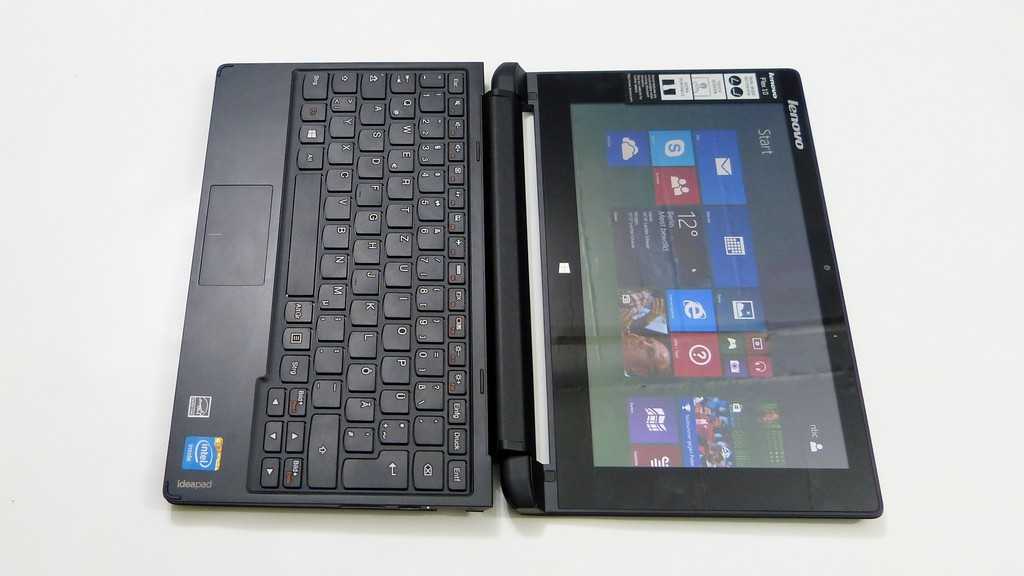From time to time I like to gather my thoughts and knowledge on CPU’s, GPUs and processing platforms in the ultra mobile market and re-base my knowledge. My last report was on ARM platforms and is available here and after Computex in June I want to do the same for al X86 platforms but in the meantime, I’ve been gathering information on Intel’s Queensbay which is going to be presented at the Intel Developer Forum in Beijing on April 14th. Although Queensbay is a product intended for the embedded market, its worth taking a closer look at it is likely to be a follow-on solution for MIDs
Details haven’t been made public yet but I’ve researched as much as I can. Intel presentation materials should appear on the IDF content catalogue after the event.
Intel IDF Session Details SPCS002 Tunnel Creek. (Indirect link – look for SPCS002 on the list o presentations)
We tend to think of Embedded Systems as products doing a single task like traffic lights or a washing machine but it’s fair to also regard them as single, highly integrated and focused computing devices. Many of today’s UMPCs and MIDs and even some netbooks are built on the Menlow platform which is also targeted at embedded solutions. There’s an interesting crossover that occurs when you get to highly integrated computing platforms.
Queensbay is the name of a new platform with an Atom-based CPU called Tunnel Creek (as the Atom-based Pineview would be on the Pinetrail netbook platform.) Tunnel Creek comes in 600Mhz, 1Ghz and 1.3Ghz variants which all offer hyperthreading and Intels ‘VT’ virtualisation technology. Beside the CPU sits the memory controller (max 1GB) and coupled on the same ‘Tunnel Creek’ silicon is the graphics subsystem, GMA500/PowerVR, known as ‘Topcliff. The separate I/O chip, known as IOH is connected via a PCIe bus. The architecture is very similar to that of Pinetrail although the interconnecting bus is a standard PCIe bus instead of the Intel’s DMI.
From Intel on Tunnel Creek:
A low power integrated processor with PCIe as the interface to the I/O hub (IOH). Utilizing PCIe will enable multiple market-specific IOHs from multiple vendors to be used to scale into a large variety of embedded market segments. Details to be discussed at IDF Beijing, Spring 2010.
(Ref)
Note that this is a different architecture to Menlow. On Menlow, the GPU and memory controller is contained within the System Controler Hub (SCH) and connected via the Front Side Bus at 400 or 533Mhz. Clearly, putting the memory controller and GPU next to the CPU improves the performance.
There are some other interesting points to note about the architecture.
- The IOH is connected via PCIe bus which leaves it open for third party chipset solutions. (E.g. Nvidia ION- ref)
- The GPU in Topcliff (again a GMA 500/PowerVR core) is clocked at twice the speed (400Mhz) than on Menlow. (see some performance results here)
- The CPU seems to be a little more powerful, per-clock, than before (based on information from the same article)
- SATA is now available on the IOH. Previously, Menlow only offered a PATA interface.
- 10/100/1000 LAN controller is integrated into the IOH
- Memory bus supports DDR2 at 667 and 800 speeds which is faster than Menlow.
It’s not known whether Topcliff has video decoding engines in it but we would imagine it would for set-top-box and digital signage solutions.
TDP for the platform is 5W, similar to existing Menlow solutions (but obviously providing much improved performance through HT and improved GPU performance and therefore, lower average power figures.)
Quensbay will be manufactured using a 45nm process (as are Menlow and Moorestown)
Queensbay appears to be the follow-on from Menlow and move to a similar SOC architecture as with Pinetrail and Moorestown (although without power-gating required for smartphone usage scenarios.) The architecture looks to be Windows-capable (with 1.3Ghz. DDR2-800 and SATA it could run Windows 7 although the 1GB memory limit needs to be taken into consideration) and if Moorestown is initially going to launch as a MeeGo-only product (Morestown-Windows comes later) Queensbay would be the natural choice for MIDs and UMPCs running Windows or Linux. Fingers crossed that the MeeGo project includes support for this platform as it could make a powerful and flexible consumer internet device platform.
My only question at this stage would be: ‘Why Queensbay AND Moorestown?’ Is it a pricing issue? With no power-gating, turbo-boost (unconfirmed) integrated H.264 encoding, camera interface, audio, maybe Queensbay is the natural choice for simple, low-cost MIDs.
Oh. and one more question: Does Menlow continue too? With 1.3-2.0Ghz solutions, I guess so.
Watch out for more news from IDF Beijingover the coming days.
References:
Computerbase.de – Details zu Queensbay, Tunnel Creek und Topcliff August 2009
 My current laptop is a netbook. I’ve been using it as my portable computer for well over a year and I’m very happy with it. I’m using XP, it’s got a 2GB RAM upgrade and a fast SSD and a great built-in 3G module. The only issue with it is that any other netbook out there is a downgrade for me because switching to Windows 7 on a standard netbook is noticeably slower.
My current laptop is a netbook. I’ve been using it as my portable computer for well over a year and I’m very happy with it. I’m using XP, it’s got a 2GB RAM upgrade and a fast SSD and a great built-in 3G module. The only issue with it is that any other netbook out there is a downgrade for me because switching to Windows 7 on a standard netbook is noticeably slower.


